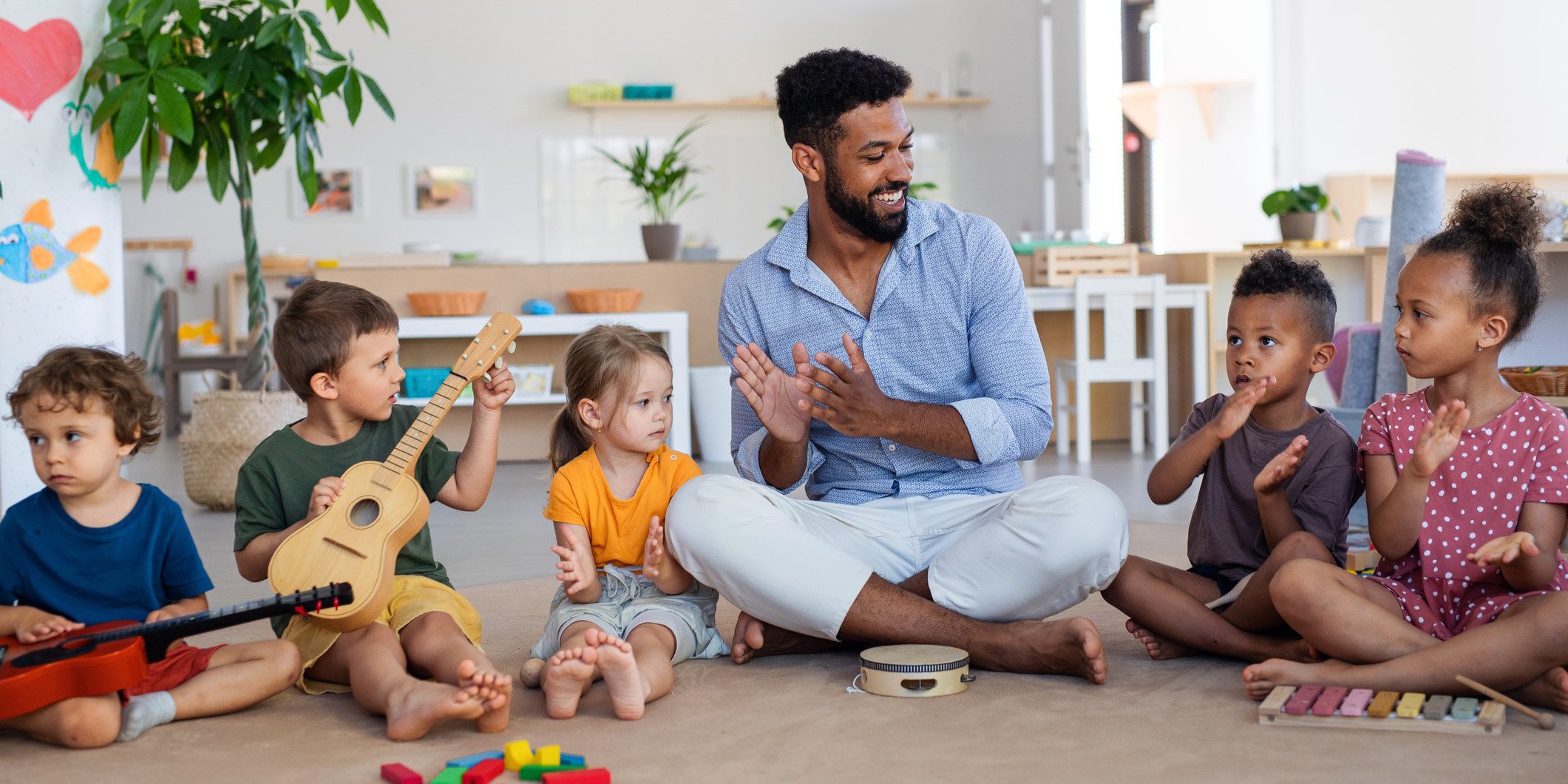This measure analyzes how the teacher notices and responds to individual children’s gestures, vocalizations, comments, and questions, patiently listening to children who want to express themselves and offering support if needed. This measure will also analyze whether the teacher’s response style to the children’s communication attempts was positive, neutral, or negative. For example, if a preschool child tells the teacher that he visited his grandma yesterday, the teacher can ask, “What did you do when you visited your grandma?” to respond positively. A negative response from the teacher may include continuously cleaning her desk or not responding to the child at all.
Category: Category 2: Teacher-Child Interactions
Subcategory: Language Facilitation and Support
Examples
In this section you will find videos, images, and/or documents that can be used to better understand this measure. These examples can also be used in conversations between mentors, directors, and/or teachers to discuss how the program's current practices compare to these examples.
Video Example
This video produced by WGBH Educational Foundation provides information on why teachers should listen and respond to children attentively during conversations. In the video, teachers will see ways they can listen carefully to their children and appropriately respond to their questions, thoughts, and vocalizations.
Age(s): Toddler, Preschool
Video Example
Teachers notice and respond positively to individual children’s gestures, vocalizations, and comments in this video. They build children’s oral language skills by attentively and appropriately responding to their communication attempts.
Age(s): Infant, Toddler, Preschool, School-age
Video Example
The caregiver in this video is highly responsive to the baby. She notices when the baby communicates nonverbally that she wants to stand, and she responds positively when the baby babbles and interacts with her reflection.
Age(s): Infant
Video Example
This exemplar preschool video segment shows a teacher listening and responding to a child attentively as they attempt to identify a letter. When the child’s attempt to recognize and name the letter become apparent, the teacher listens patiently, and offers the child support as needed.
Age(s): Preschool
Video Example
In this preschool video segment a teacher listens intently and provides clarifying information which helps a group of children to come up with the phrase grocery store. The exemplar shows how listening to children can allow teachers to notice moments when children need language supports.
Age(s): Preschool
Video Example
This teacher consistently responds to the children’s communication attempts in a positive way. She engages them in conversations and listens attentively. When a child says “no” to another child, the teacher continues the interaction by explaining that he wants to help and models how to ask a friend if they want help. Noticing and responding to children’s communication makes them feel valued.
Age(s): Toddler
Practice Opportunities
These resources include tips, strategies, activities, or specific tools related to this measure that programs can put into practice.
Activity
In the document Babble Talk, created by the Department of Early Education and Care, the writers describe ways teachers can listen and then respond to a babies babbles or attempts at talk. Listening and responding to babies face-to-face in infancy can lead to stronger language skills as they become toddlers.
Age(s): Infant
Publication
“Talk, Talk, Talk” provides tips teachers can use when talking and listening to babies and toddlers. The document suggests ways caregivers can listen attentively and respond to children to encourage back and forth conversation to develop language.
Age(s): Infant, Toddler



